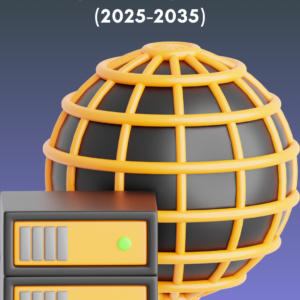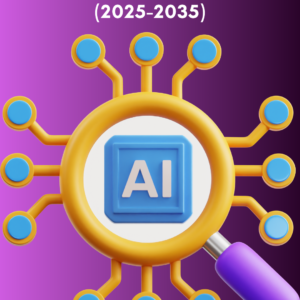1. Executive Summary
- Overview of key best practices in semiconductor and software manufacturing
- Strategic opportunities and industry trends shaping the future of the sector
- Investment outlook for 2025-2035
2. Introduction to Semiconductor and Software Manufacturing
- Overview of the semiconductor and software manufacturing industries
- Key similarities and differences in production and supply chains
- Importance of these industries in the broader technology ecosystem
3. Best Practices in Semiconductor Manufacturing
- Lean manufacturing principles in semiconductor fabrication
- Yield optimization and defect control methodologies
- Automation and AI integration in fabs
- Importance of supply chain resilience and risk management
4. Best Practices in Software Manufacturing
- Agile development and DevOps in software production
- Continuous integration and deployment (CI/CD) strategies
- Quality assurance (QA) and testing methodologies for software
- Role of cloud infrastructure in software scalability
5. Technology and Innovation in Manufacturing
- Role of AI and machine learning in manufacturing processes
- Advanced automation tools and robotics
- Predictive analytics and process optimization
- Digital twins and smart manufacturing in semiconductor production
6. Sustainability and Green Manufacturing
- Energy-efficient production practices in semiconductor fabs
- Environmental impact of semiconductor and software production
- Carbon-neutral goals and sustainability initiatives
7. Challenges and Solutions in Semiconductor/Software Manufacturing
- Overcoming supply chain disruptions in the semiconductor industry
- Addressing the talent shortage in both industries
- Solutions to reduce manufacturing costs while maintaining quality
- Cybersecurity concerns in software manufacturing
8. Case Studies
- Leading semiconductor manufacturers and their best practices (e.g., TSMC, Intel, Samsung)
- Software giants and their agile production methods (e.g., Microsoft, Google)
- Successful integration of AI and automation in manufacturing
9. Regulatory and Compliance Considerations
- Regulatory challenges in semiconductor manufacturing (e.g., export controls, IP protection)
- Software compliance and data privacy regulations (e.g., GDPR, CCPA)
- Global trends in manufacturing regulations
10. Future Trends and Market Outlook (2025-2035)
- Key emerging trends in semiconductor and software manufacturing
- How automation, AI, and sustainability will drive the future
- Growth forecasts for the semiconductor and software sectors
11. Strategic Recommendations
- Best practices for staying competitive in semiconductor/software manufacturing
- How to align manufacturing practices with industry trends
- Recommendations for investors seeking opportunities in these industries





